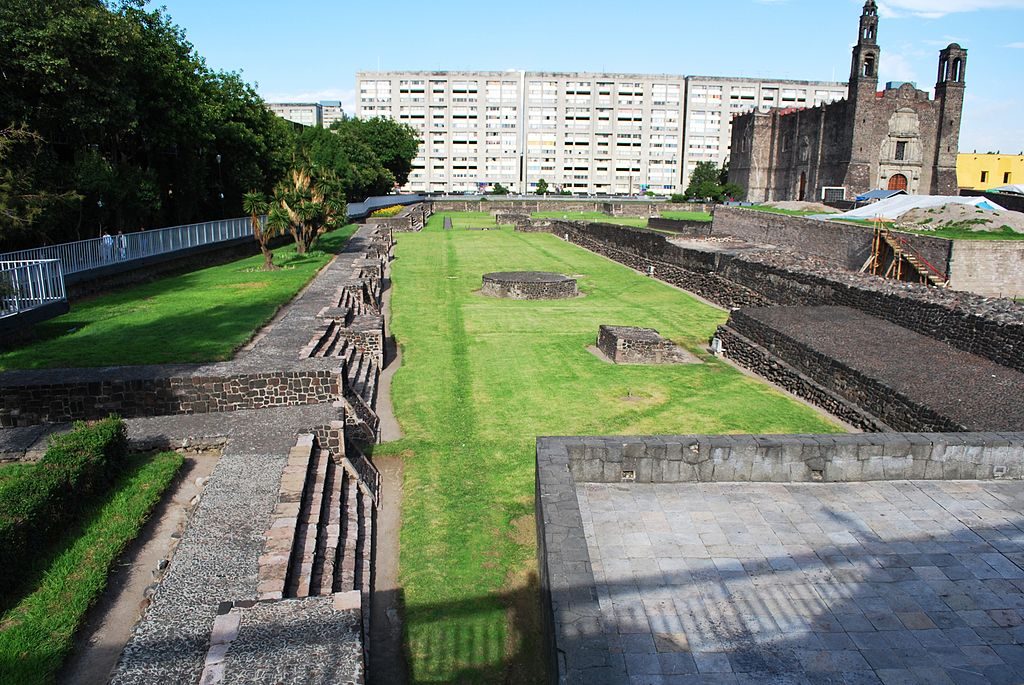
_
Tlatelolco es probablemente el sitio arqueológico con mayor importancia después del Templo Mayor. Localizado al centro de la Plaza de las Tres Culturas, es uno de los sitios más antiguos de la ciudad. Fundada en 1338, los habitantes de Tlatelolco dejaron Tenochtitlán para fundar la ciudad aunque hay evidencias de que ya era habitada anteriormente.
Excavaciones han descubierto miles de objetos y mucha información sobre cómo era la vida cotidiana. En 2009 se encontró una tumba con 49 cuerpos. Se cree que los cuerpos corresponden a quienes libraron las batallas en contra de los Españoles en 1523.

_
1) Templo de Ehécatl-Quetzalcóatl, 2) Altares circulares, 3) Tzompantli del patio sur, 4) Templo del Calendario, 5) El Palacio, 6) Templo de las Pinturas, 7) Templo mayor – Fase II, 8) Etapas de construcción del templo mayor, 9) Los amantes de Tlatelolco, 10) Plataforma occidental , 11) Gran Basamento, 12) Camino Tepeyac, 13) Límite del recinto Sagrado, 14) Tzomplantli del norte, 15) Colegio de Santa Cruz de Tlatelolco, 16) Plaza de las Tres Culturas, 17) Zona Chica, 18) Camino al museo Tecpan, 19) Caja de agua, mural de 1536.
Horario:
La admisión al sitio es gratis y abre de 8:00 a 18:00 horas.
El Museo de Tlatelolco cobra $20.00 MXN y está abierto de martes a domingo de 10:00 a 18:00 horas.
 za.tlatelolco@inah.gob.mx
za.tlatelolco@inah.gob.mx
 +52 (55) 5782 2240
+52 (55) 5782 2240
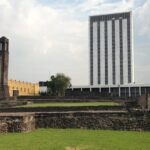
Cercano a 0.06 kms.
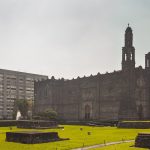
Cercano a 0.14 kms.

Cercano a 0.20 kms.
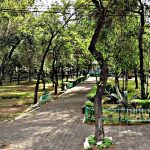
One of Mexico City's oldest continuously inhabited little towns . . .
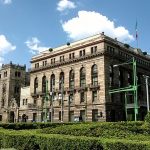
Un sublime estilo renacentista italiano ha recibido a los transeúntes durante casi 120 años. Esto es de lo que se trata.
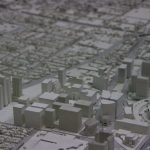
Una increíble representación en 3D de una de las mayores ciudades del hemisferio.

Uno de los mercados públicos más populares de Eje Central.
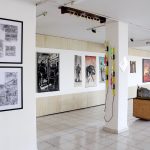
Uno de los centros de intercambio artístico más importantes de la zona de Garibaldi.